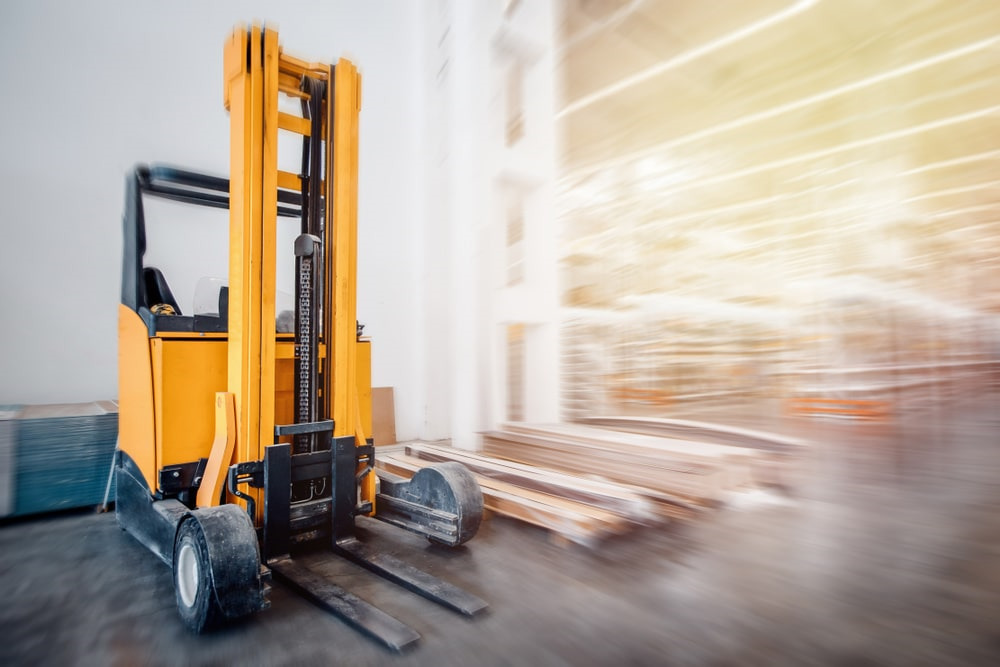Almost every industry needs equipment and machinery for performing various operations. From agriculture to construction, several equipment and tools are used for performing a variety of tasks such as tractors, loaders, grain bins, excavators, graders, and much more. For major business players, it’s possible to invest in every machinery and equipment needed to improve their operations. However, mid-sized businesses and startups may not have the needed capital to buy expensive heavy machinery and equipment. And this is where companies need to explore various options to get access to the required equipment- buy, rent, or lease.
Buying or Leasing Equipment
Buying is the first thing that comes to your mind when looking for equipment. If you have enough capital, buying gives you ownership of equipment and complete freedom of how and when to use the equipment. However, buying has some drawbacks also. As the equipment owner, you’re responsible for its maintenance and upkeep. Moreover, buying could deplete your cash flows. You need to pay a high initial upfront cost along with a monthly down payment. Buying means besides paying the cost of equipment, you have to bear other costs also such as maintenance, repairs, tax, interest, transportation of equipment, insurance, and depreciation.
Leasing, on the other hand, allows you to save all these costs and get access to the required equipment. Equipment leasing is a service that allows you to use machinery or equipment without buying it. It is a type of financing in which you rent equipment rather than purchase it outright. A contract is signed between the lessor (the owner of the equipment) and the lessee to use the expensive equipment for their business.
Benefits of Equipment Leasing
Leasing provides a range of benefits as compared to other options like buying or renting. Every business has to meet its financial goals and make the best decisions to save costs. Leasing equipment helps companies get flexibility and a competitive edge while improving cash flow. Here are key benefits of equipment leasing that make sense to choose this method rather than buying or renting.
1. Low Initial Expense
The primary benefit of leasing is reducing initial expenses. Leasing equipment rather than purchasing it outright means low initial costs involved. Most heavy machinery and equipment are expensive, especially if you are investing in a large amount of equipment at once. Buying every tool and equipment means spending a significant amount of money upfront, which may not always be possible if you have limited resources. Leasing allows you to keep the equipment while spreading the costs. There’s no need to pay a high down payment that significantly impacts your cash flow.
2. Get Access to Latest Equipment
Buying means, you own the equipment for life until you decide to sell it or discard it when become obsolete. But leasing allows you to upgrade on a regular basis. When a new model is launched, you can lease the equipment and try it to see if it performs better. It allows you to avoid the issue of obsolescence. The lessor bears the burden of obsolescence and depreciation while you get the benefit of using the newer, higher-end equipment.
3. No Maintenance Cost
Leasing equipment means no worry about maintenance or repair costs that are typically associated with buying equipment. Moreover, lease payments are expenses that have tax benefits.






















